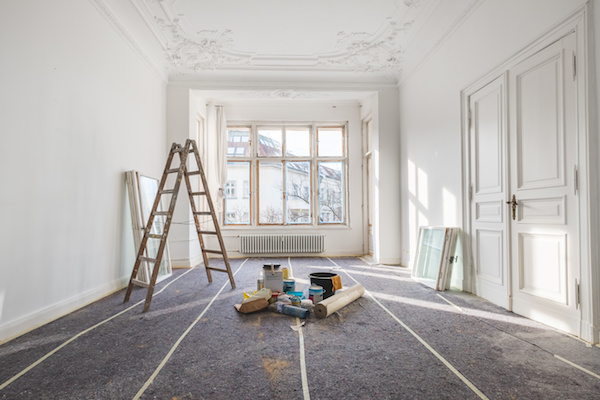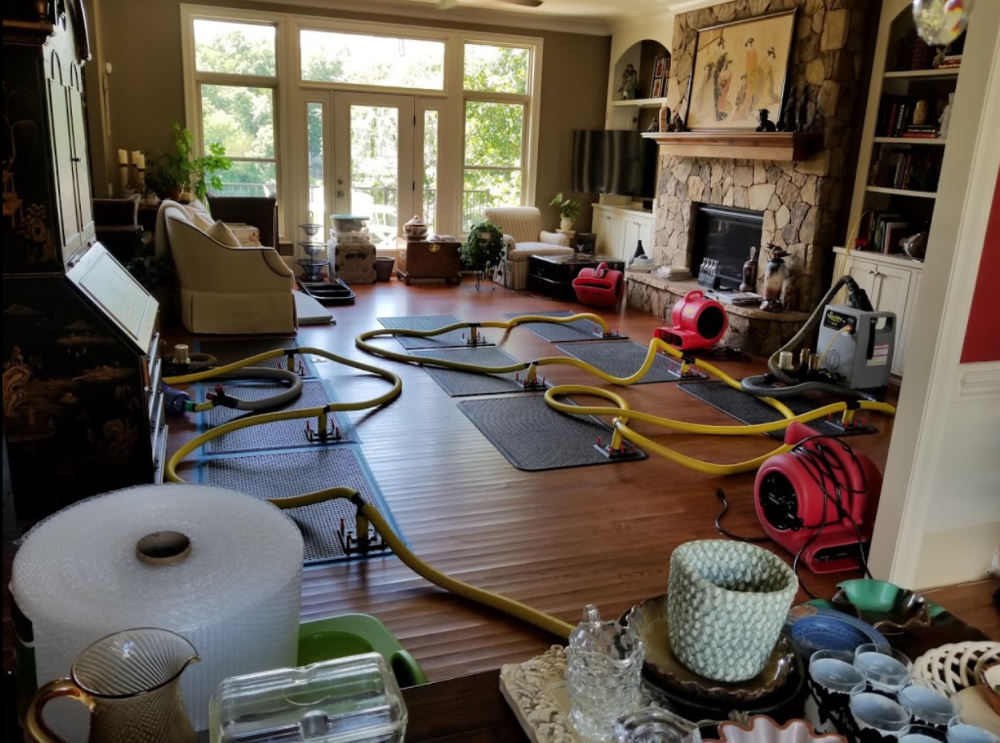Premier Home Inspector Philadelphia: Your Trick to Informed Building Choices
Premier Home Inspector Philadelphia: Your Trick to Informed Building Choices
Blog Article
Emergency Water Damages Reconstruction: Swift Response to Minimize Additional Damages
What precisely does emergency situation water damage repair require? By understanding the seriousness and detailed nature of this procedure, you will certainly get useful insights into just how experts tackle emergency situation water damages, ensuring a swift and effective action.
Relevance of Swift Reaction
Swift action is of utmost relevance in water damages remediation to reduce additional damage and alleviate possible dangers. The longer water sits in a building, the even more damage it can cause.
Among the main reasons swift action is necessary in water damages restoration is to stop the growth of mold and mildew. Mold and mildew can begin to grow within 24 to 2 days of water exposure, and when it takes hold, it can spread quickly throughout the affected area. Mold not just triggers further damages to the framework of the building yet likewise positions health risks to occupants. By reacting swiftly, professionals can thoroughly dry the area and prevent the growth of mold, reducing the need for substantial remediation and making certain the security of those included.
Water damages can be ruining, especially when it affects personal things of financial or emotional worth. Performing quickly enables professionals to analyze the damages and apply appropriate reconstruction strategies to restore as much as feasible.
Analyzing the Extent of Damages

Throughout the assessment, reconstruction specialists extensively check out the affected area to identify visible indicators of damages, such as water discolorations, deformed products, and mold development. They likewise make use of specialized tools to find hidden damage, such as dampness meters and thermal imaging video cameras. This comprehensive examination enables them to properly identify the level of the damages and establish a customized reconstruction plan.
Assessing the level of water damage is essential due to the fact that it aids experts prioritize their initiatives. They can determine locations that require immediate interest, such as standing water removal and drying out, to avoid additional damage and minimize the danger of mold development. They can likewise identify the areas that need fixings or substitute, guaranteeing that no damages goes neglected or undetected.

Water Removal and Drying Refine
The water extraction and drying procedure is a vital action in water damages restoration, as it includes the removal of excess water and the complete drying of the affected location to avoid more damages and mitigate the threat of mold and mildew development. After assessing the extent of the water damage, the following action is to remove the water from the afflicted location. This is commonly done using specific tools such as dehumidifiers, pumps, and vacuums. These tools are designed to efficiently and effectively remove water from various surfaces, including floors, wall surfaces, and carpets.
As soon as the excess water has actually been drawn out, the drying out process begins. This step is crucial in preventing additional damages, such as architectural damages and the development of mold and mildew and mildew. High-powered fans and dehumidifiers are made use of to circulate air and remove dampness from the my review here air and surfaces. The drying process might take numerous days, relying on the extent of the water damage and the products entailed.
It is essential to make certain that the damaged area is totally dry prior to proceeding with any type of repair services or restoration. Failing to thoroughly dry the area can cause long-lasting issues, consisting of damaged frameworks, mildewy odors, and the development of mold and mildew. Specialist water damages repair firms use dampness detection tools to make sure that the damaged location is completely dry before proceeding to the following action.
Mold Prevention and Remediation
Reliable mold and mildew prevention and removal are vital in water damage restoration to make certain the safety and integrity of the damaged area. mold remediation philadelphia. When water damages occurs, whether from a burst pipeline, flooding, or a dripping roofing, it creates an excellent environment for mold and mildew development. Mold can begin to establish within 24 to 2 days after water damages, and if left without treatment, it can spread out quickly and create serious health risks
To stop mold development, it is essential to resolve water damage without delay. The primary step is to fix the resource and identify of the water intrusion. As soon as the resource is dealt with, the affected area ought to be thoroughly dried to avoid dampness from lingering. This might entail using dehumidifiers, air moving companies, and other customized equipment to eliminate excess moisture from the air and surface areas.
In situations where mold and mildew development has already occurred, remediation is required to get rid of the mold and avoid its return. This entails the careful elimination and disposal of afflicted products, such as drywall or carpet, to make sure that all traces of mold and mildew are eradicated. It is essential to note that mold and mildew removal must be executed by professionals that have the essential training and equipment to securely handle and eliminate mold and mildew.
Restoring the Affected Area

First of all, it is essential to completely dry the area to prevent any type of additional damage and to inhibit the growth of mold and mildew and mildew. This might involve the usage of specialized drying out devices, such as dehumidifiers and industrial-grade followers, to eliminate all dampness from the affected surface areas.
Once the location is entirely dry, the restoration process can start. This may involve repairing or changing damaged architectural components, such as drywall, flooring, or ceiling ceramic tiles. It is essential to attend to any underlying problems that might have created the water damages, such as leaky pipelines or damaged plumbing, to avoid future occurrences.
Furthermore, restoring the affected location might also include painting wall surfaces, replacing harmed fixtures, and thoroughly cleansing and sanitizing the area. This makes certain that not only is the area structurally sound, yet it is additionally cosmetically pleasing and secure for tenancy.
Final Thought
In conclusion, swift feedback is essential in minimizing further damage brought on by water emergency situations. Examining the extent of damages permits reliable water extraction and drying out processes to be implemented. In addition, mold check my blog and mildew prevention and removal are vital in recovering the afflicted location. Generally, timely action and extensive restoration procedures are crucial you can look here to alleviating the negative impacts of water damage.
Swift reaction is of utmost importance in water damages restoration to minimize additional damage and reduce possible dangers.Throughout the assessment, remediation experts extensively take a look at the affected location to recognize noticeable signs of damage, such as water stains, warped materials, and mold growth.The water removal and drying out procedure is an important step in water damage remediation, as it entails the removal of excess water and the thorough drying of the damaged location to stop more damage and reduce the danger of mold growth. After examining the level of the water damages, the following step is to draw out the water from the afflicted area.Efficient mold avoidance and removal are important in water damage remediation to guarantee the safety and security and honesty of the afflicted area.
Report this page